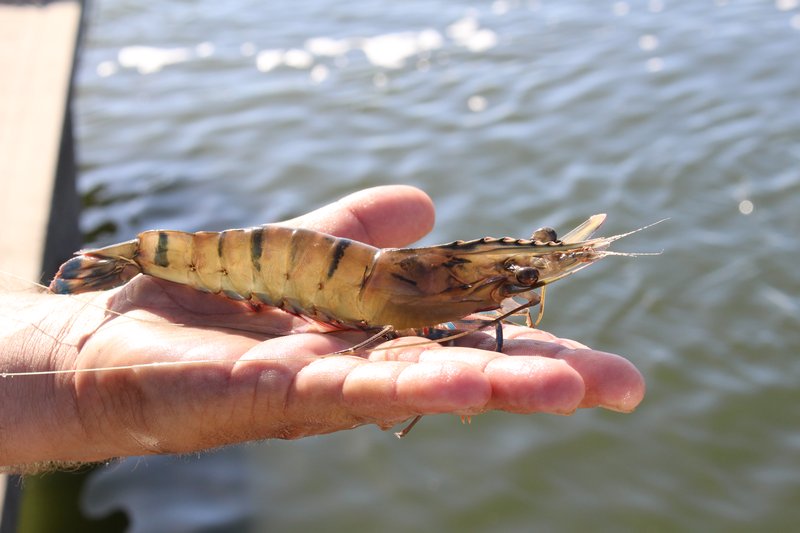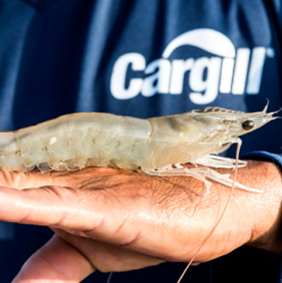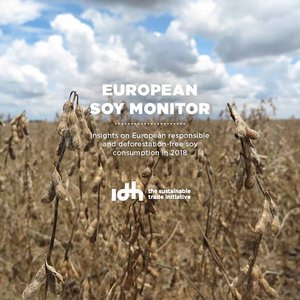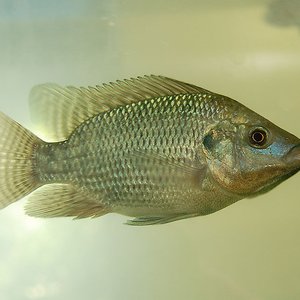Northern Australian aquaculture is set to increase its production five-fold to exceed $1.34 billion in value and produce more than five times its current volume of fish, prawns and other seafood products within the next decade, according to a new Cooperative Research Centre for Developing Northern Australia (CRCNA) report.
The Northern Australian aquaculture situational analysis report also found the growth of the industry would create 2,340 direct new jobs, at a range of skill levels - if the industry worked together to overcome identified challenges and capitalize on the opportunities outlined in the study.
CRCNA CEO Jed Matz said the research, led by James Cook University (JCU), has for the first time clearly articulated a future vision for the whole Northern Australian aquaculture industry. “The project team has engaged with more than 400 industry players from across the aquaculture sector, including those from Indigenous communities. The outcome of this engagement is the delivery of a set of strategic and well-supported recommendations not only focused on addressing impediments but also providing solutions to these challenges,” Matz said.
JCU Professor Dean Jerry said the willingness of industry participants to contribute to the research provided an unprecedented insight into the current state of play of the north Australian sector. “The opportunity for the development of Northern Australia’s aquaculture industry is vast, with between 500,000 to 700,000 hectares suitable for marine farming in earthen and lined ponds and 50 times that available for freshwater operations. Our best-case scenario outlined in this report is based on better utilization of the available areas for expansion and growth of on-shore and off-shore facilities. A more coordinated approach across the sector is needed to support stronger biosecurity protocols and infrastructure investment, good RD&E and production outcomes, strong marketing efforts and an increase in global demand to fully realize our 2030 vision.”
Robert Bell, from commercial aquaculture advisors Blueshift Consulting, said having a strategic industry plan will help the sector and the government attract investment in commercially viable projects. “The key to success is matching the right species, systems, critical-scale infrastructure and market accessibility with the right investors, financial structures and terms. Further, government policy and facilitation, R&D, aquaculture operators, investors, and local communities must also align with Northern Australia’s natural and strategic advantages.”

The Northern Australian aquaculture situational analysis study has delivered seven strategic recommendations:
- Recommendation 1: Bolster biosecurity. Industry stakeholders prioritized bolstered biosecurity as the primary project recommendation. Furthermore, biosecurity is perceived as a critical issue not only for the aquaculture industry (producers) but also for wild fishers, recreational fishers and the indigenous community. Both exotic and endemic pathogens and parasites are recognized as posing a risk to the aquaculture industry in northern Australia.
- Recommendation 2: Build skills to meet industry growth needs. The recommendation suggests improvements in the existing aquaculture education and training system, increased industry input to and monitoring of education/training delivered, mechanisms to attract more people to the sector, pathways for engagement of Aboriginal and Torres Strait Islander people, and the urgent need to enhance the skilled migrant worker visa conditions and programs.
- Recommendation 3: Market development and access. In a phase of industry expansion, the stakeholders have prioritized market development and access in order to understand the potential impact of higher production volumes and to inform market strategy. Activities suggested include improved access to seafood trade data and understanding domestic and international markets.
- Recommendation 4: Match and target RD&E to key industry needs and outcomes. For Northern Australia, the recommendation focusses on increased collaboration across sectors and jurisdictions, improved extension (translation) of research, and evaluation of RD&E to ensure benefit (e.g. improved production efficiency on-farm).
- Recommendation 5: Facilitate infrastructure development for key Aquaculture Development Hubs. The establishment of aquaculture development areas and zones by governments has provided an important stimulus to industry development. The planning of hubs is considered a task for government agencies in conjunction with industry, ideally with the oversight of a Northern Australian aquaculture governance body. Suggested candidate locations for Hub investment are summarized on page 84 of the report.
- Recommendation 6: Build the Northern Australian aquaculture industry as a means for indigenous economic development and independence. Indigenous Australians are responsible for managing 45% of the land and sea country in northern Australia. There are multiple avenues for indigenous communities to engage with aquaculture. An important step is understanding if a community is interested and the communication of what an aquaculture business is, how it works, and how they might want to be involved. This involves engaging communities and developing sensible and realistic business concepts that deal with biology, business and culture constraints.
- Recommendation 7: Stronger and adaptive governance of the Northern Australian aquaculture industry. More work is needed by industry and government stakeholders to clarify a body/structure that will improve aquaculture governance and development in Northern Australia. A short consultancy project and roundtable workshop is recommended, with delegates based on the advisory group that established the terms of reference for the situational analysis project (a government representative from each jurisdiction and representation of major industry associations).
Download the report here.










